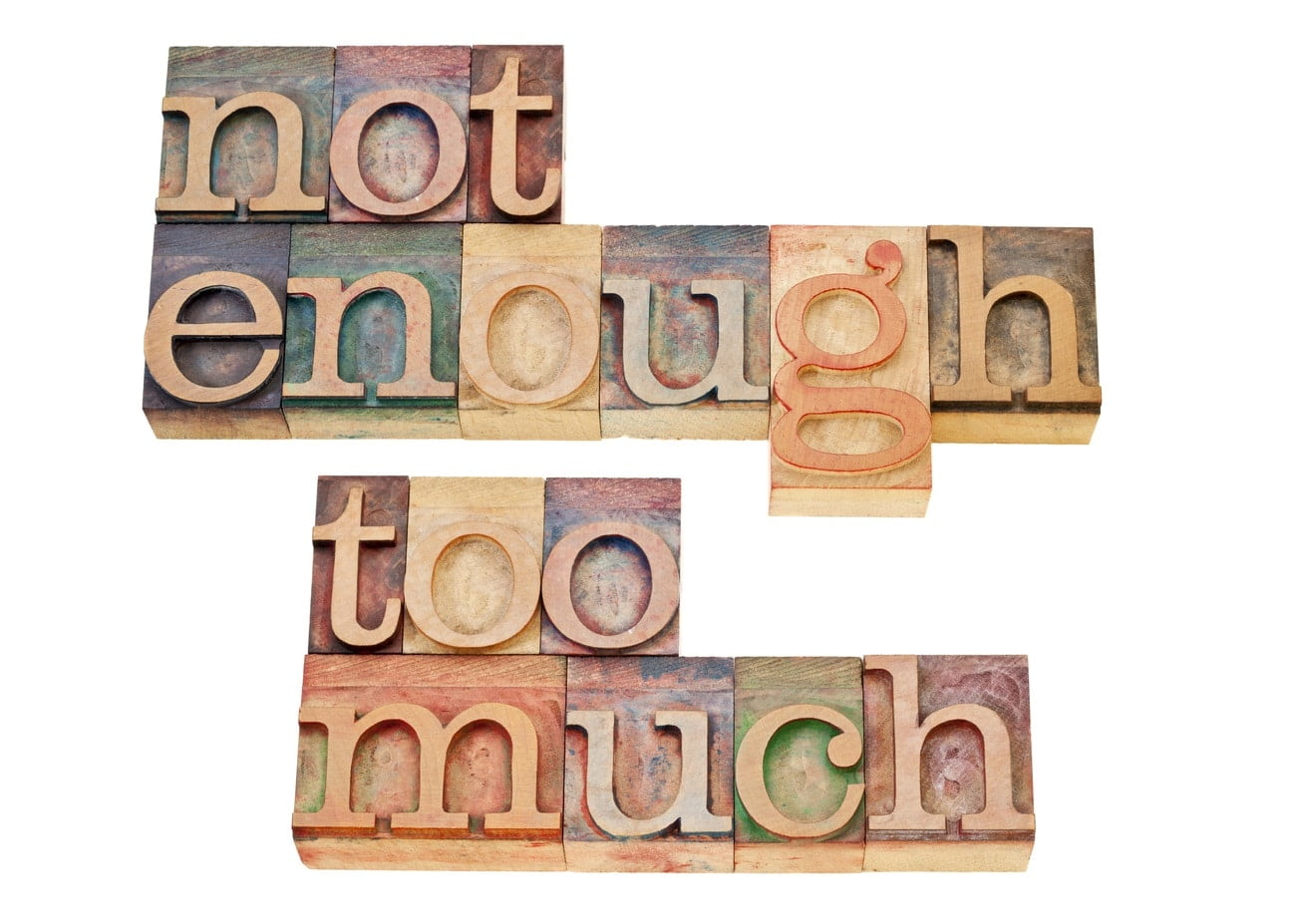
The following post was initially published on the Content Marketing Institute Blog (October 11, 2011).
“Uh oh,” you may be thinking. “The marketing department is talking about that whole blogging thing again. Last time we did this, it was a disaster. Worse, no one seemed to like my posts.”
Yikes! Stop right there! And think again!
Yes, a lot of corporate blogs are awful. But neither your company’s blog nor the posts you contribute to should bear a sense of impending doom. We spend a lot of time helping clients manage their blogs. This involves bringing together subject matter experts, sales reps, marketing employees, and executives — many of whom have unique ideas but have never written a blog post.
One of the first questions we get from new bloggers is, “What makes a good blog post?“ As we answer, the doom drifts out of the room and is replaced by the glowing light of nurturing leads and increasing sales. Cha-ching!
We thought we’d share our answer with our readers here.
1. Good blog posts speak to a target audience.
Figure out who is buying what you’re selling and write for them. If your company specializes in building mobile applications, you’re likely selling to executives and marketing departments, not mobile app developers. Your own developers can still write content for your blog, but they should keep content way less technical than it would be if they were writing to their peers.
2. Good blog posts speak to the same audience the whole time.
It would be nice for marketers if every business had just one audience to reach, but that’s not realistic. Take the mobile app company again. Sometimes they sell to marketing, sometimes they sell to IT. They also use content as a recruiting tool, so sometimes their developers really are writing to their peers.
Addressing all of these audiences doesn’t make for the most consistent blog as a whole, but as long as you keep each post consistent from start to stop, you’re ok. For example, it’s not a good idea to start a post with a novice question and then give a very technical answer. Let your readers know what they’re getting into.
3. Good blog posts are about 400-1,000 words.
Blog posts should be easily digestible during a coffee break. Readers will give up if they need to scroll down endlessly. If you’re getting upwards of 1,000 words, consider breaking your post into two parts, or tightening up your ideas and language. I chopped off about 400 words to make the final version of this post and it’s better for it.
4. Good blog posts are quick and easy to read.
Just because something is short doesn’t mean it’s easy to read. Make posts easy to skim by cutting content up into sections and lists. In fact, I’ll bet most people reading this post will simply skim the bolded description for each point, and read the explanations for the points they don’t understand. If I’m wrong and you’re reading every point word for word, prove it with a comment.
5. Good blog posts say something interesting and useful.
It’s OK to write a blog post about a quick thought, but make sure it’s a whole thought, not half of one and half of another. Would what you’re writing change the way your reader thinks about an issue? Spur an idea? Be worth emailing to a coworker? If not, you’ve got work to do.
Note: Old news to you might be useful to your readers. Last year, I wrote a post on How to Use Twitter for Beginners. Simple, but readers liked it (as shown by the comments), and we often send it to prospective clients who are Twitter newbies.
6. Good blog posts don’t have to be works of art.
You probably won’t win a Pulitzer Prize and that’s ok. As long as your posts are useful, readers will come back for more.
7. Good blog posts show, not tell.
Don’t tell readers your company is awesome; write great content so readers are the ones who say your company is awesome. Use concrete, specific language and examples to build trust with your readers.
8. Good blog posts have a compelling title and lead paragraph.
Make your readers want to read your post right away. But don’t promise something with your title and intro that you don’t deliver. Here are 5 tips to improve your headline click-through rate.
9. Good blog posts are SEO optimized.
OK, I just told you to have a compelling title, but especially with titles, you need to strike a balance between catchiness and SEO. Scott Paley explains this with a story over at Abstract Edge. Don’t flood readers with keywords, but do pay attention to the basics such as pretty URLS (#2 here) and meta descriptions.
10. Good blog posts include a call to action.
Even if it’s just a call to comment or connect on Twitter, blog posts should end with something that moves readers to a next step. Do not, however, ask people to buy something at the end of a post. Hard sells in blog posts will lose your readers’ trust.
Well, there are my top 10 qualifiers for a good blog post. Please feel free to add your own tips and questions in the comments. And then get blogging!


